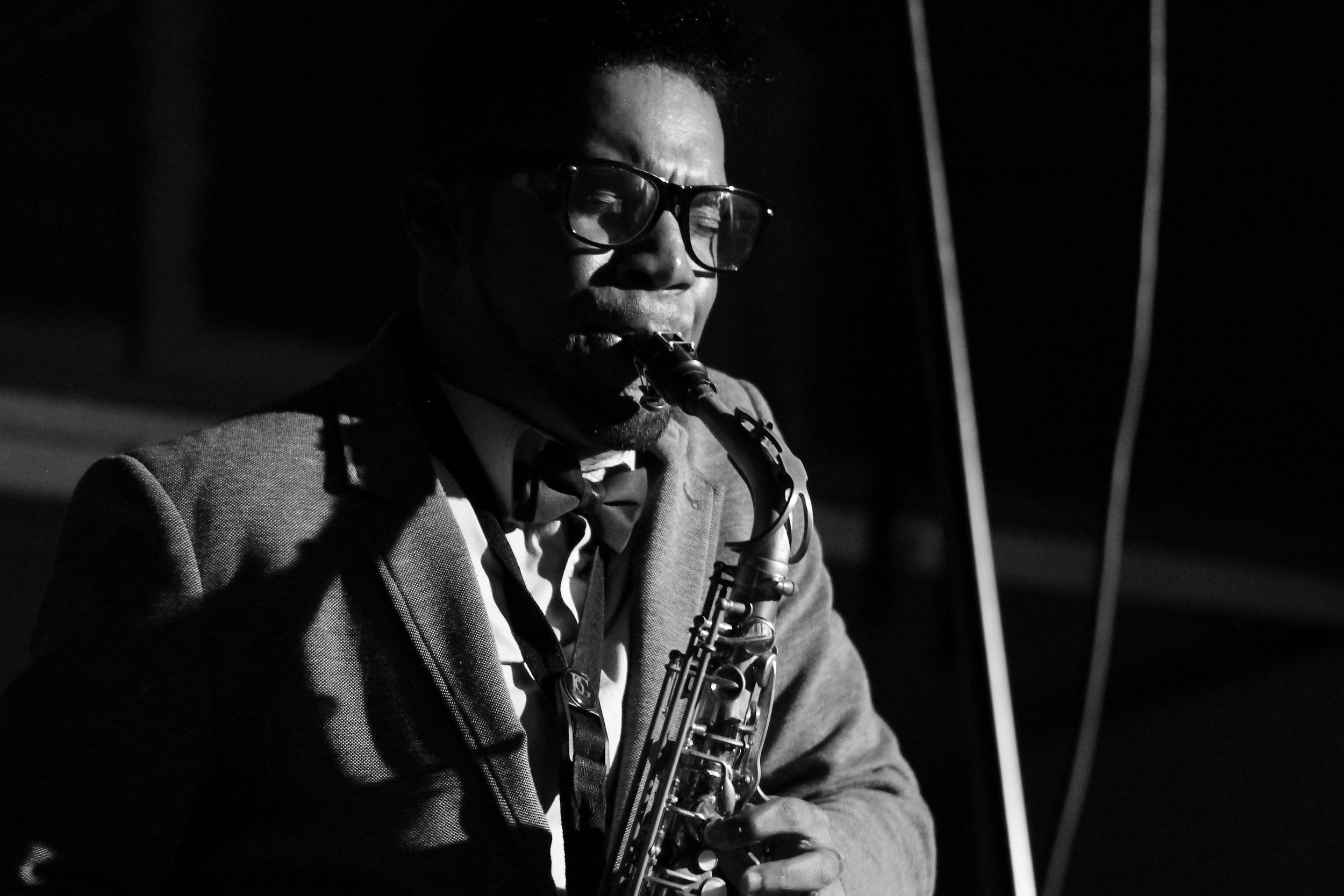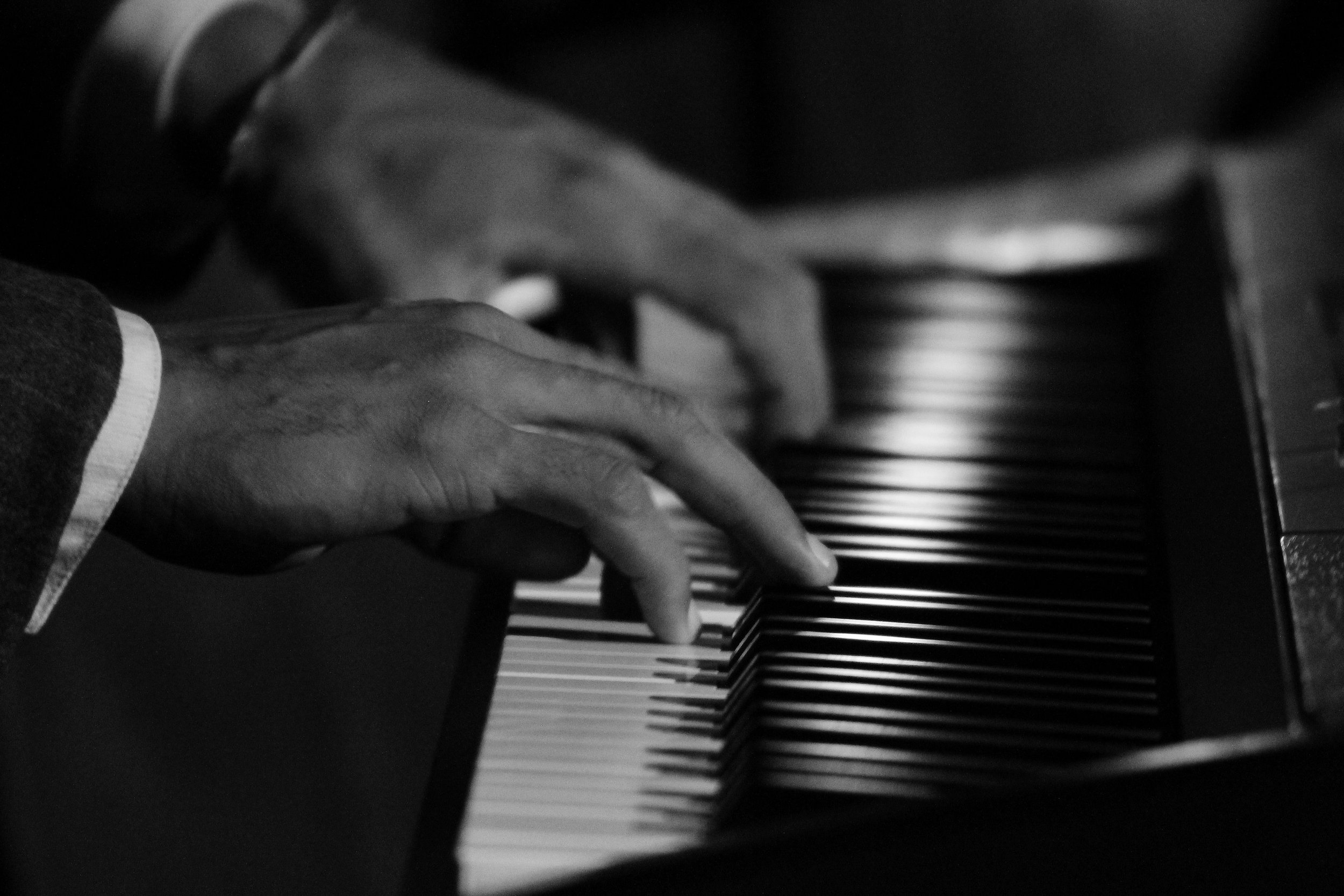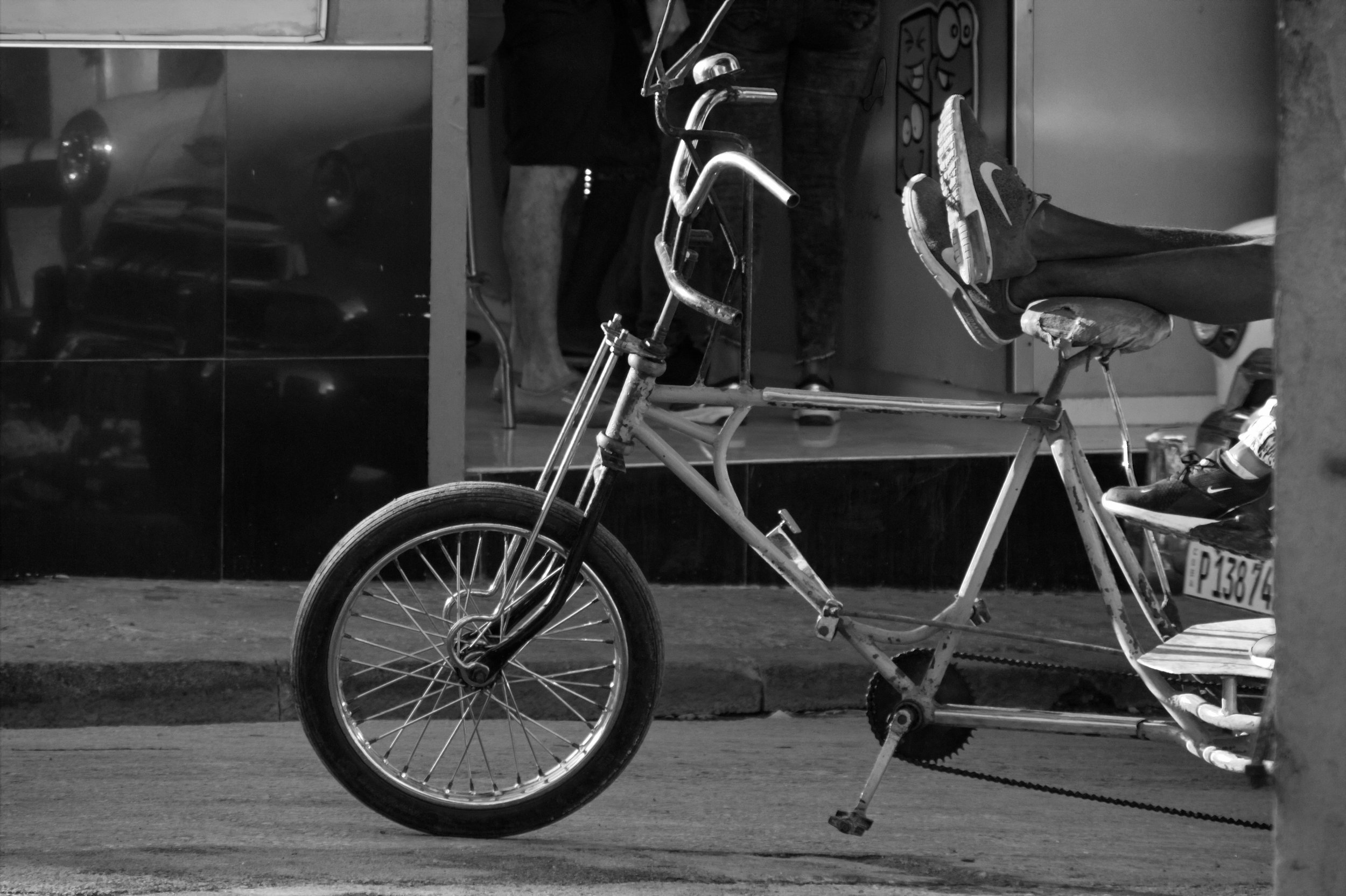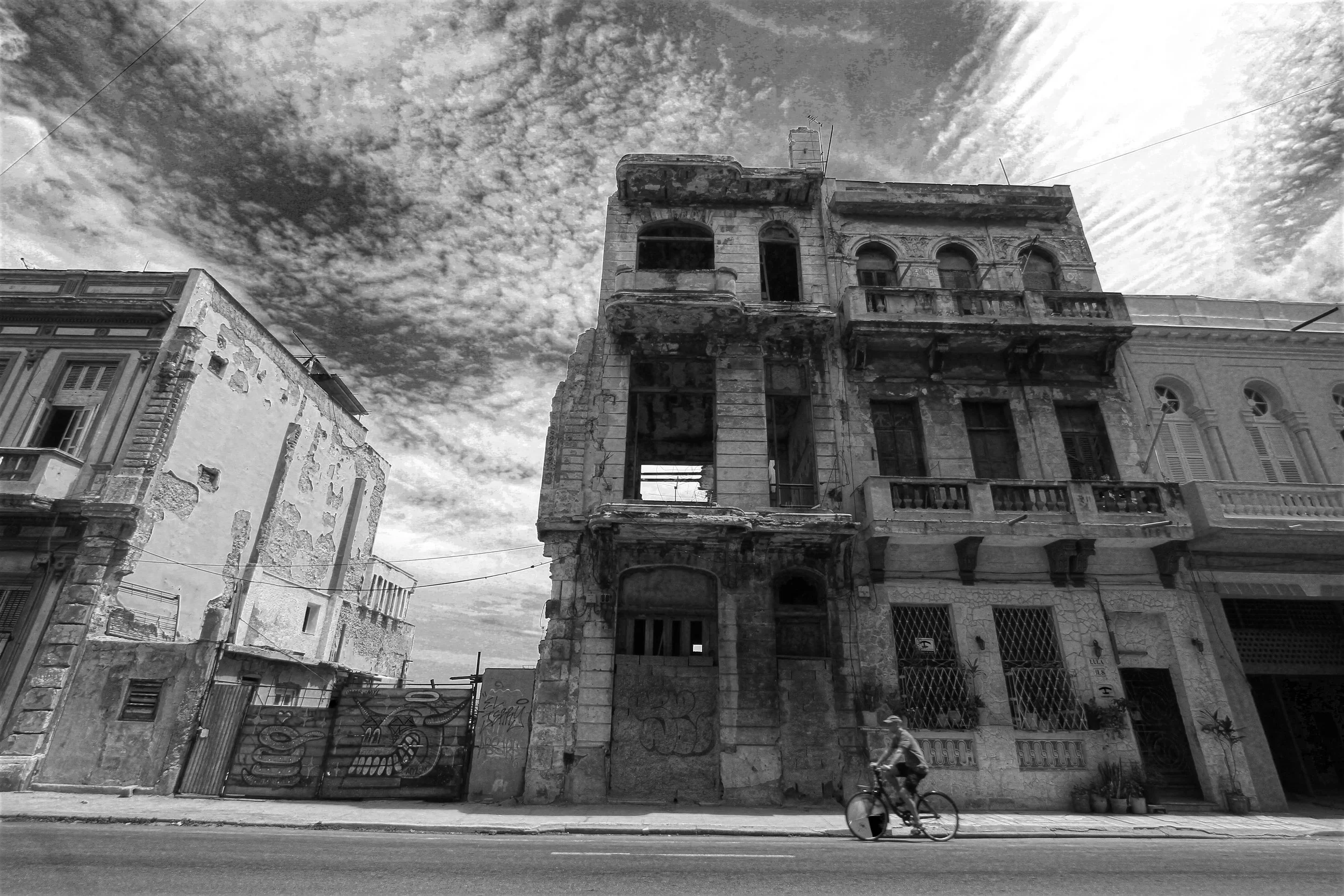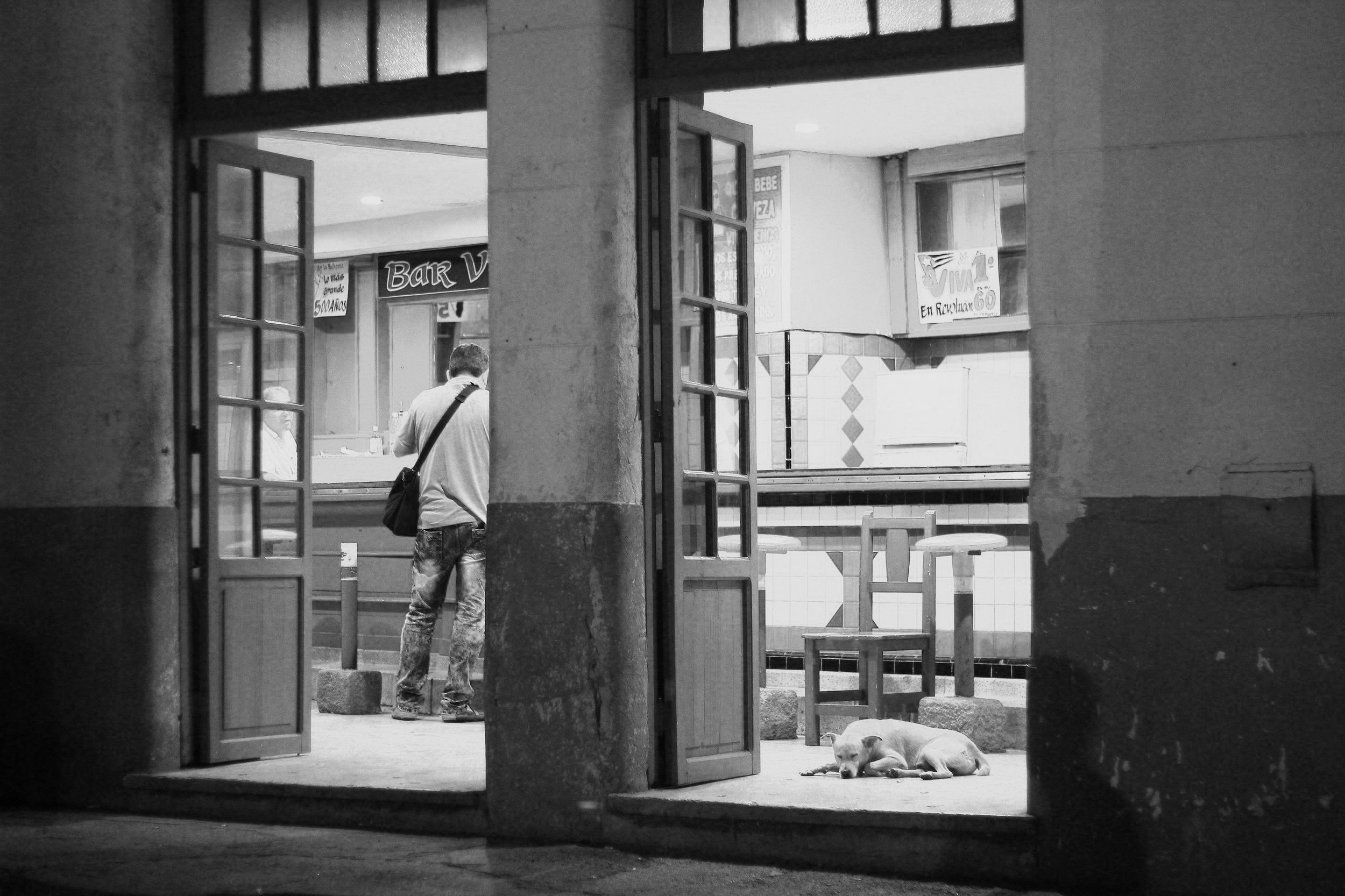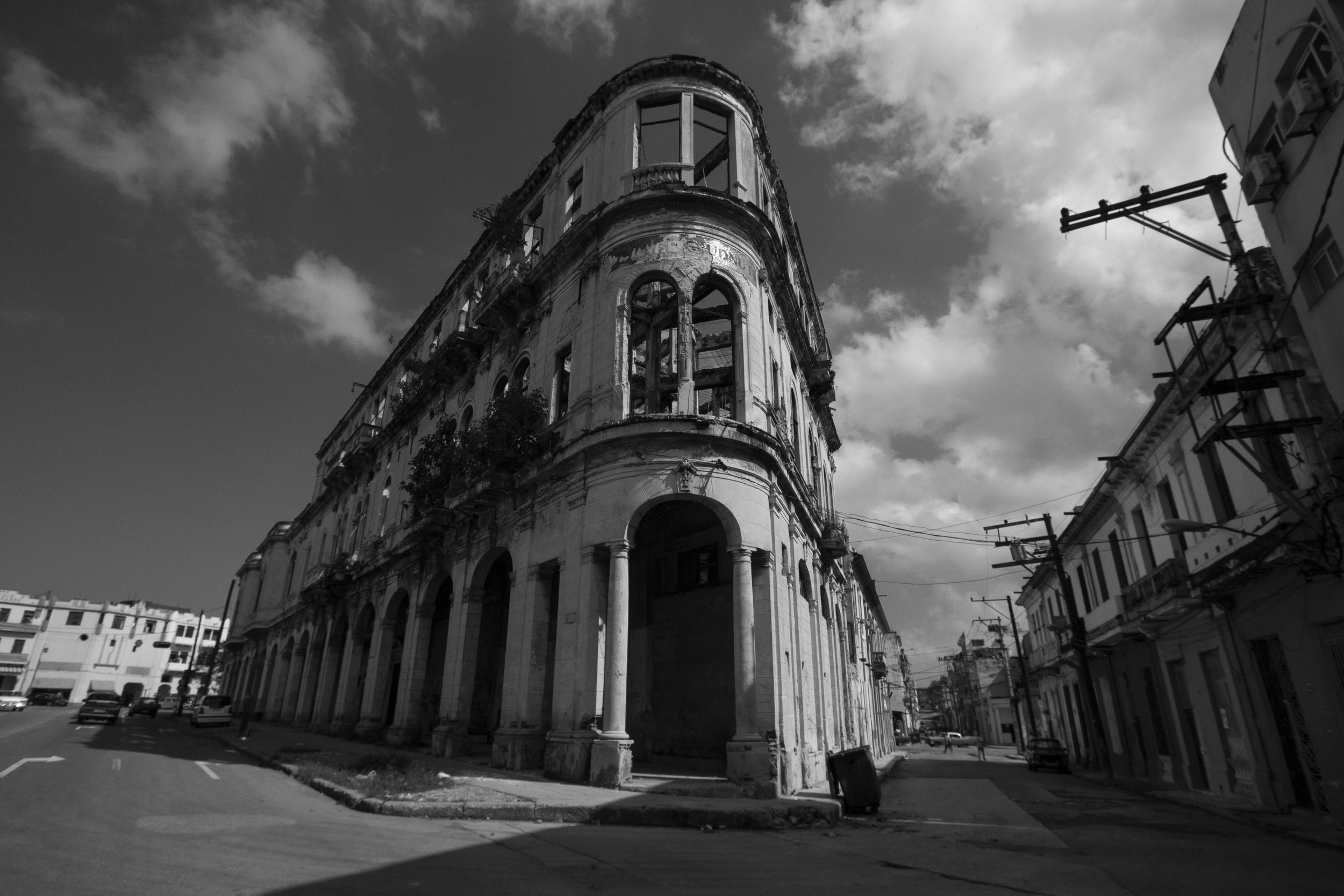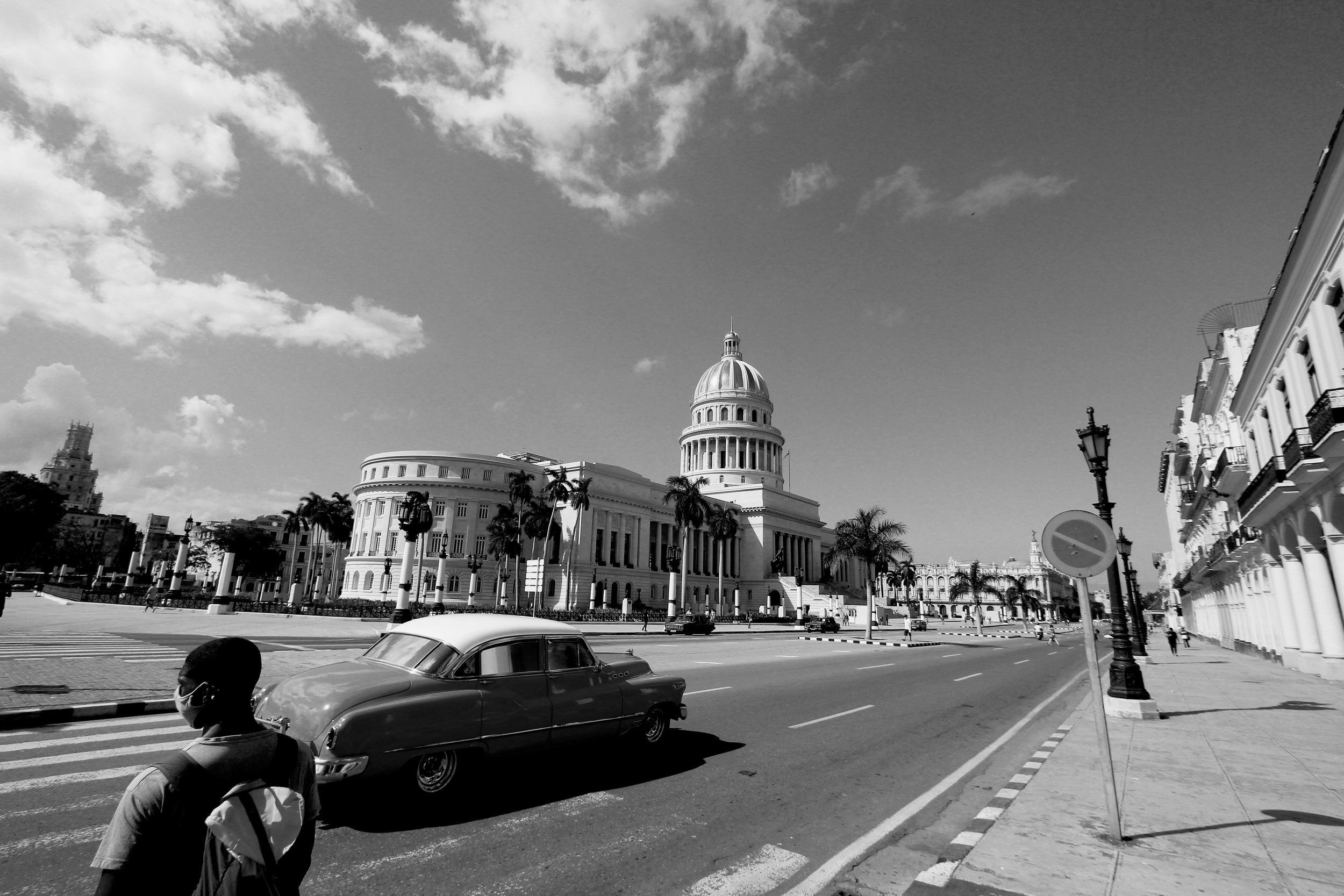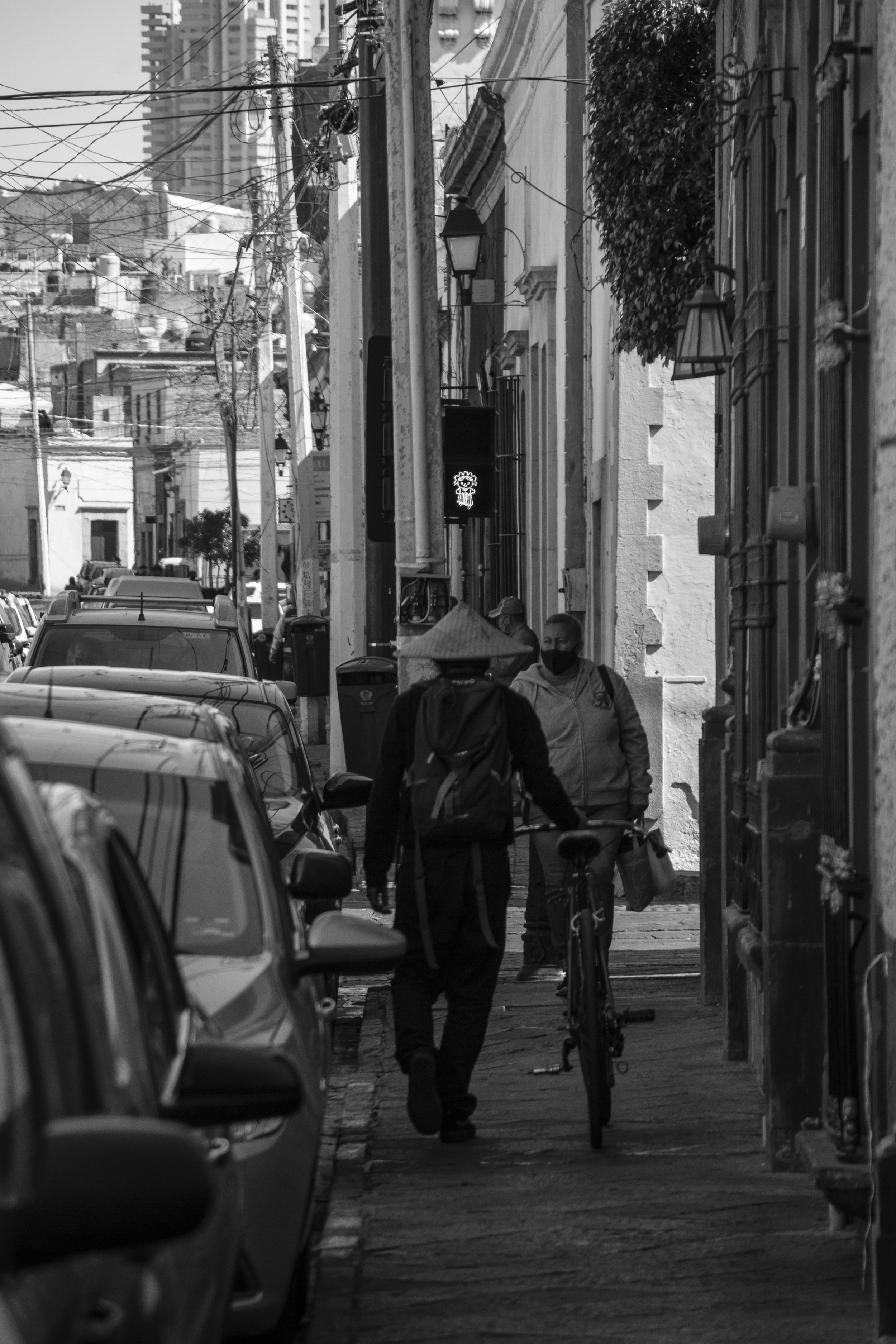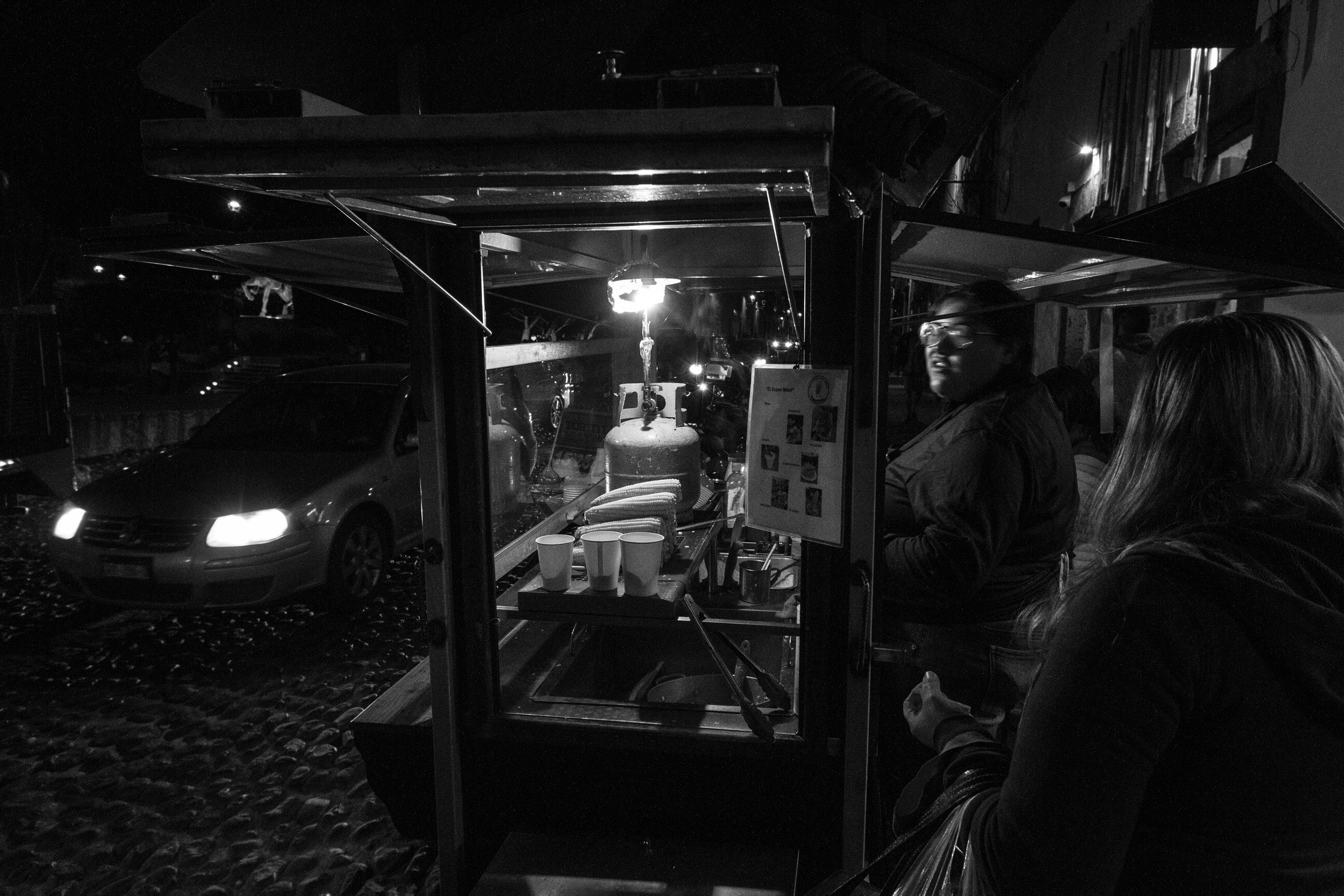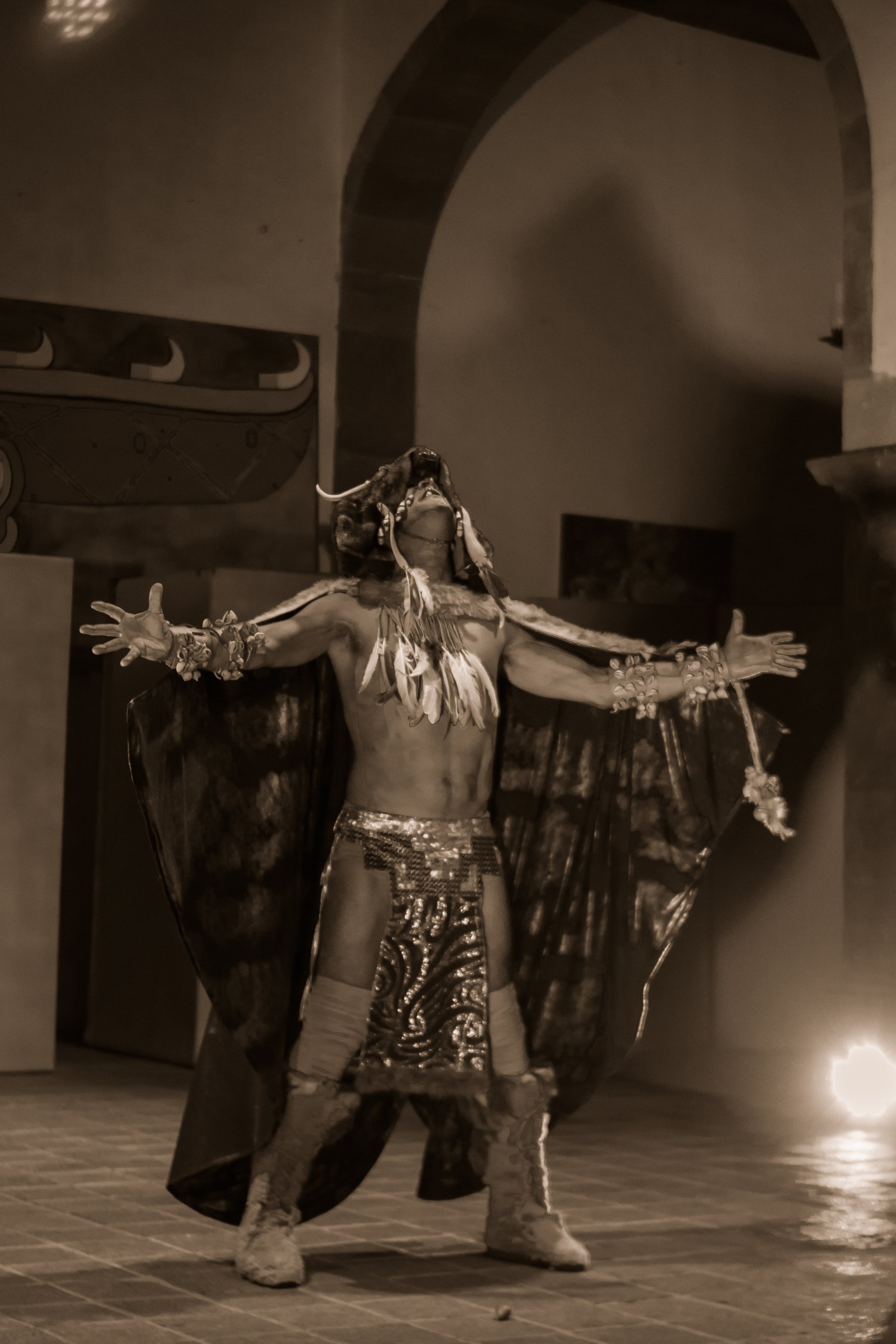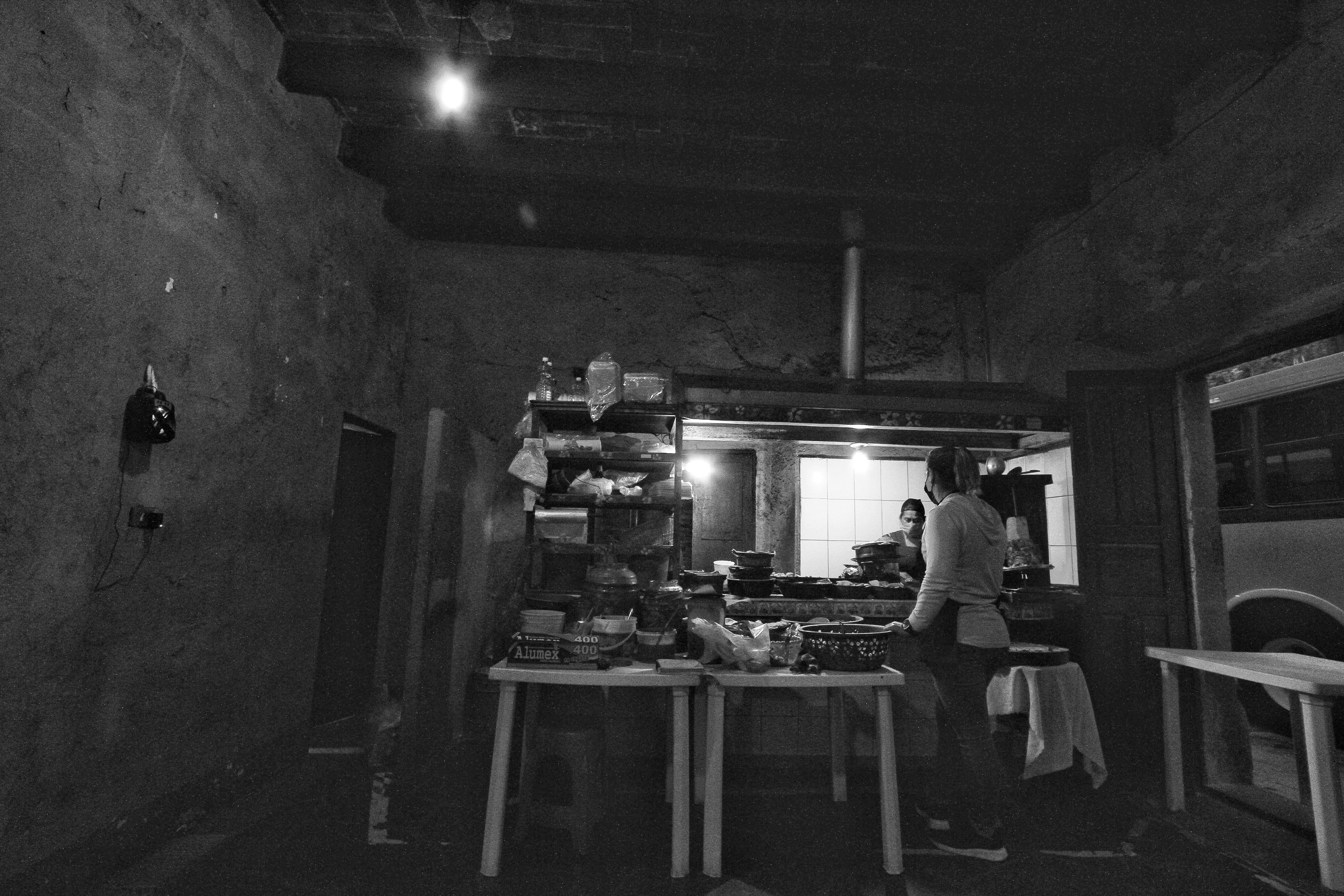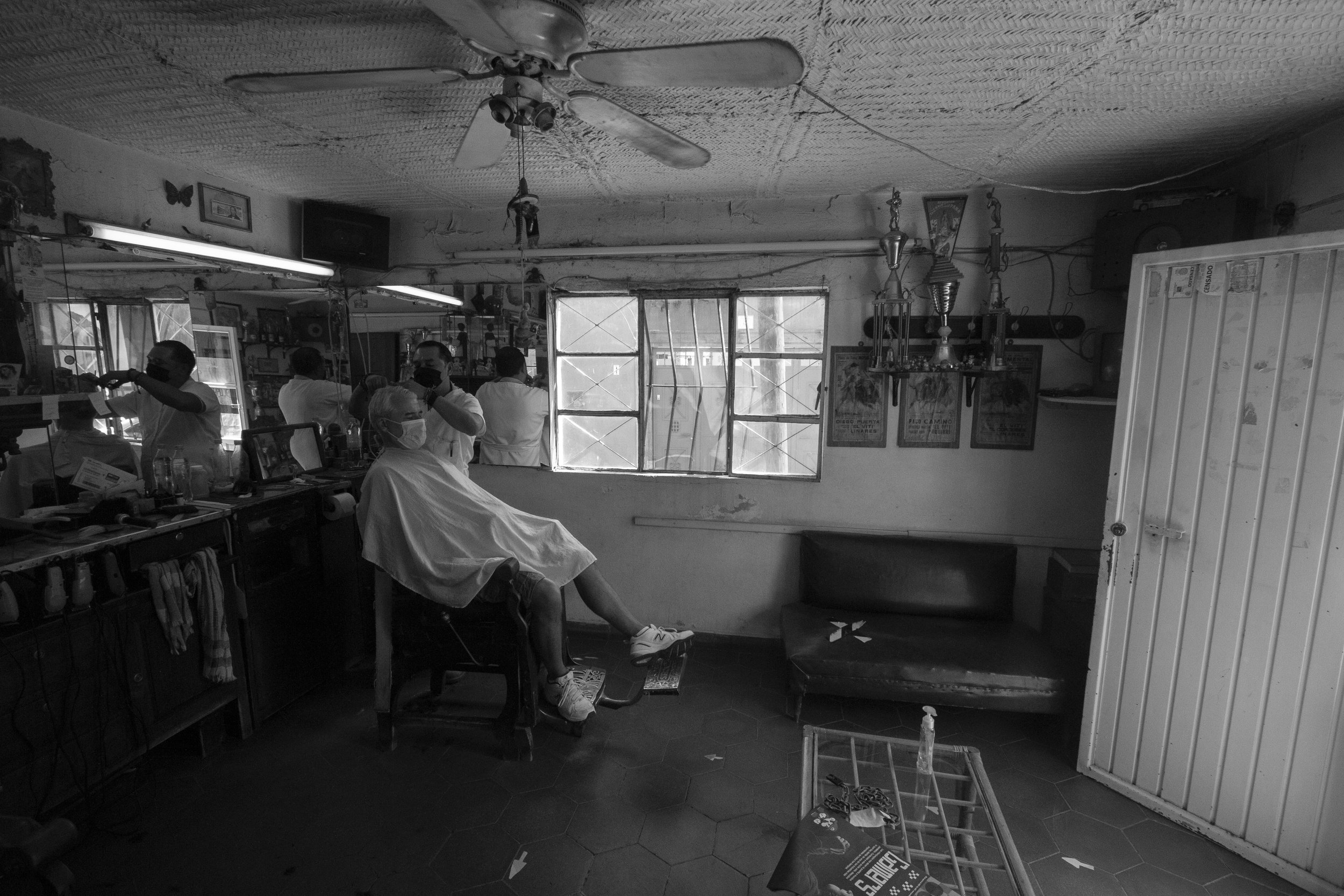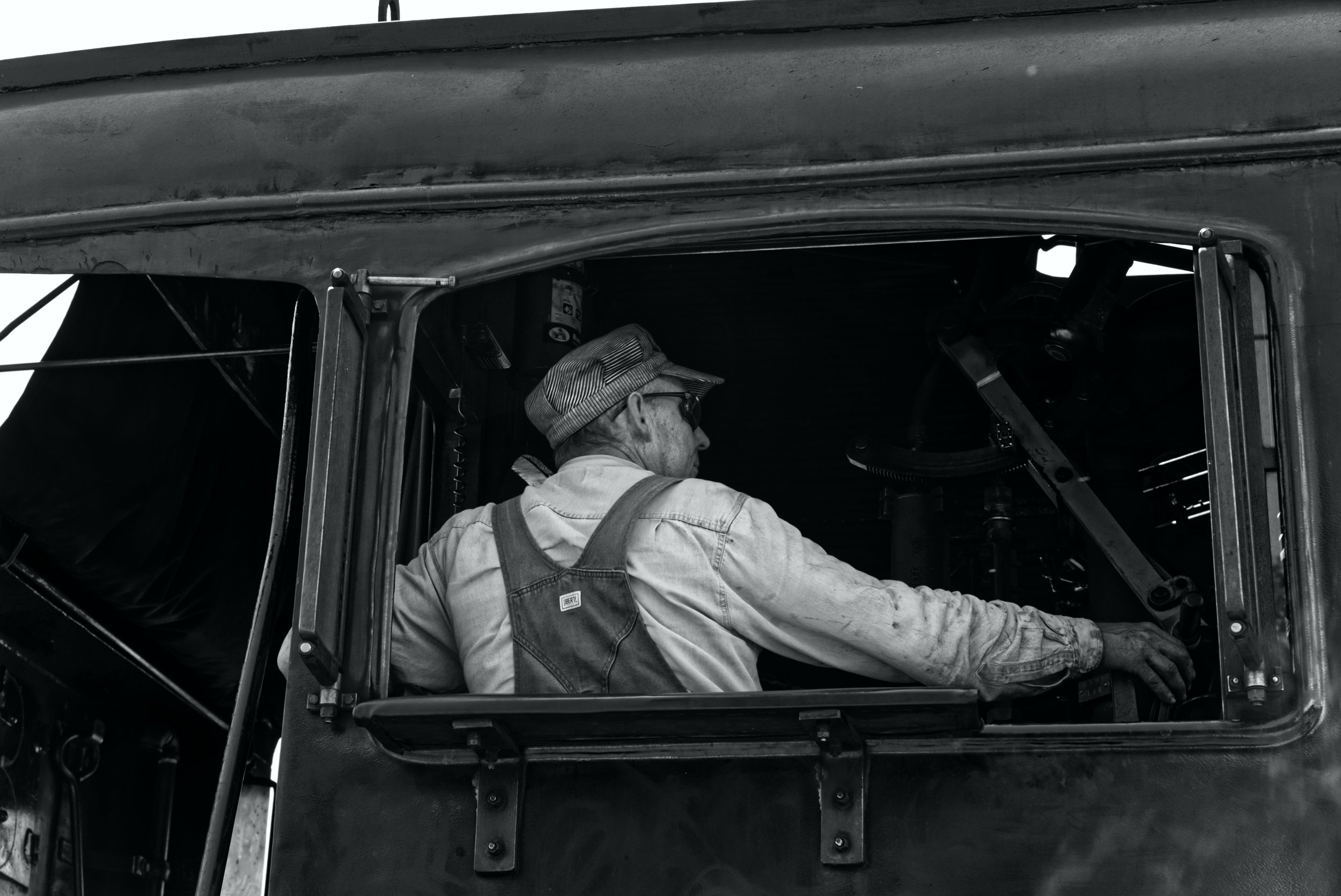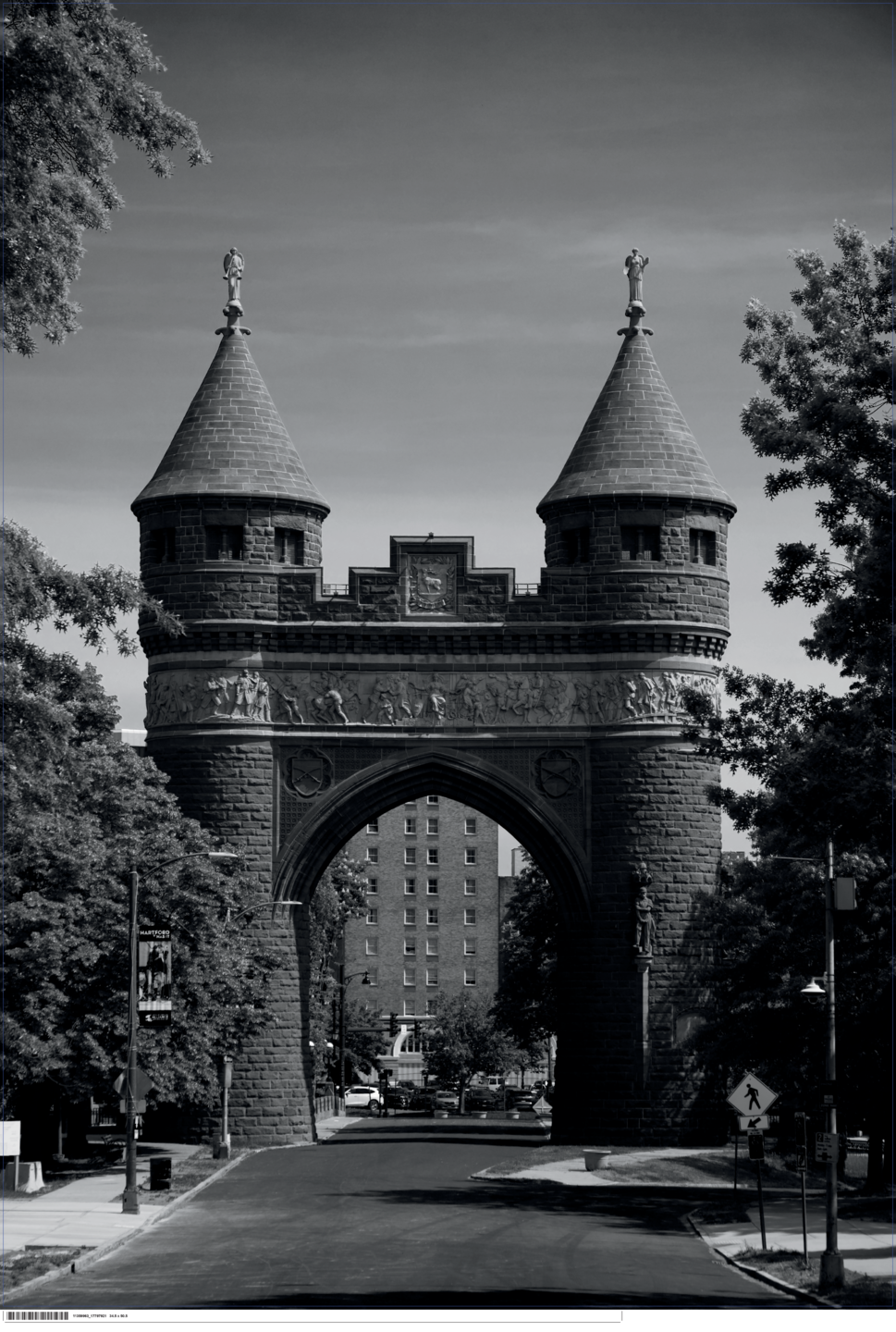Black and White Photography: Still Magic
Even with the advent of color photography and the proliferation of the digital camera and the phone camera, black and white photography seems unwilling to die. The interest is alive not only among professional photographers, but also enthusiasts and even amateurs taking photos with their phones.
The power of black and white is so good, that some people with very little knowledge of photography like it. You will go on any social media and find users posting B&W photos on their feed. The truth is that black and white focuses more on composition and the different gray tonalities that you can get from the different colors, and it allows you to perceive textures, ambiance and other things as a viewer.
Old B&W pictures will always bring a curiosity and a fascination among viewers. Even younger generations will be amazed by those taken by the likes of Henri Cartier-Bresson, Ansel Adams, Richard Avedon, Dorothea Lange, Robert Capa, Alfred Eisenstaedt, and many others who paved the way for those who followed.
We have come to the realization that we all have a thing for nostalgia. Ergo, it is really comforting to see some of the new generation kids experiment with black and white. It is good to see they have some respect and curiosity for this type of photography, even though they are using their cell phones to capture.
I have been in the world of photography as a photojournalist for over 14 years… 16 if you count my adventures shooting with my friend Odette Fernández’s point-and-shoot toys in Havana.
Why I Like It
My story with monochrome photography actually started when I was working as a photojournalist for Periódico ¡AHORA! in Holguín. Throughout all my seven years there, the newspaper printed only in Black and White, and this posed a major challenge for me as a photographer. I was shooting with a point-and-shoot Samsung pocket camera, and the quality of my images could not be compared to that of any of the bridge or DSLR cameras that my colleagues were using.
So, I was constantly forced by circumstances to try to compose better. In addition, the newspaper printed with no color, and the quality of the print was not good. So, I had to resort to the strategy of removing all the color from my photos while editing to make sure I was getting composition and detail without colors.
There are many photographers who prefer monochromatic photographs over color, and some publications will use that type of photography to add drama to their message. Also, portrait, nude and boudoir photographers will use it to increase the intimacy of the picture and get closer to the subject. This was highlighted by Canadian photographer Ted Grant when he said: “When you photograph people in color, you photograph their clothes. But when you photograph people in Black and white, you photograph their souls!”
As people post more photos on social media, the use of black and white has increased. There are photographers who will even have two profiles, one for their color work and one for their B&W, and some even like to put the images side by side for people to compare.
Particularly, I like to use monochromatic images for some of my performance shots, mainly when the light is not good or the colors are predominantly too warm or too cold. For the majority of my time working as part of the I Love Cuba Photo Tours team, whenever I had a gig that involved me shooting for myself, I always kept the camera in RAW and in black and white.
This would automatically enable me to see what the pictures looked like without color, but then recover the color in post-production if I felt the need to. Black and white, in some instances, became my staple for urban decay photos.
However, I ended up sticking to the black and white in many cases. Some of the photos I feel most attached to are monochromatic. The largest prints I have ever made are also black and white, including a big job that I had with the Hispanic Health Council in Hartford, which included several extra large black and white prints.
Even my favorite photos of those I could take of Pope Francis while he was holding mass in Holguín, was okay in color, but was good in grayscale, to the point of prompting prints of it.
There Is Magic in the Black and White Picture
Some great documentary photographers worth following like Alan Schaller, David Turnley and Peter Turnley have outstanding black and white photos. Lee Jeffries, who specializes in concerts, mainly Metallica, has an incredible talent, mixing both color and black and white, but prioritizing in the latter. These masters of the lens are able to capture the essence of people and events in a unique and emotional way.
Among my friends, there are many I could talk about. Michael Fiedler, who captured my portrait (in my about page) for his project The Working Journal, mainly uses black and white for his work. Marjorie Gurd, who is based in New York City and has traveled to Havana several times, focuses her work in monochromatic pictures, and has even been featured in Black and White Magazine and several exhibits. Also, Daniel Ernesto Martínez, a young and talented Cuban photographer who has embraced not only the value of Black and White, but also the magic of film photography.
Sometimes, even with good light and color, shooting or developing your images in grayscale brings a power that is unmatched. I have seen some of my very own images improve dramatically once I remove the color, mainly because even with good light and good gear, color becomes a distraction from the main objective. So, black and white will be the choice for many of my portrait, documentary and performance photos.
One of the most demanding and hardest to impress folk in terms of photography today are teenagers. Running a photography club at school, I have had the opportunity to teach some students about the value of black and white photography.
One student in particular, who has been my Spanish student for two courses and is now also my student in the club, came with a picture of a portrait I assigned them to do. The photo was impressive, but I know how it could be more impressive, and I asked him to turn it to black and white. When he saw the result, he could only say “Wow!” and had to show the picture to the rest of the class. That led to another student show me (weeks later, buy the way) two identical photos of a football game in the snow, one in color and one in black and white. When I asked him which one he thought was better, he told me the monochromatic one without even hesitating.
And perhaps one of the most important details to take into account, the most modern cameras have image options that allow us to take black and white and sepia images, even using different color filters instantly on the camera. Would they spend time in making these features available if there was not a particularly strong reason? No: black and white and sepia definitely provide that feeling of antiquity, of old, of a time long gone.
As Susan Sontag once said: “All photographs are memento mori. To take a photograph is to participate in another person’s (or thing’s) mortality, vulnerability, mutability. Precisely by slicing out this moment and freezing it, all photographs testify to time’s relentless melt.”
The term “old photo” is a loose definition. Once you look at the photo you just took of someone, two seconds ago, they are already older than they were at the moment you pressed the shutter.
Conclusion
Despite everything, and just like printing, black and white photography has refused to die, holding on to a certain sense of power and spirit that color photography has not been able to challenge. That magic will live on, no matter how much the art of photography evolves.
That’s why mobile photo editors and more professional photo editors like Lightroom, Photoshop or Affinity Photo will always have black and white filters or presets. Is it our attachment and nostalgia to the old and antique? Is it curiosity? Is it all of them? Is it something else?
The answer lies within each and every photographer, and within each and every viewer. In the end, as Ansel Adams said, two people are in a photograph, “… the photographer, and the viewer.”
As long as viewers continue to appreciate and like monochromatic images, we, as photographers (who also appreciate and like them), will continue to produce them.


